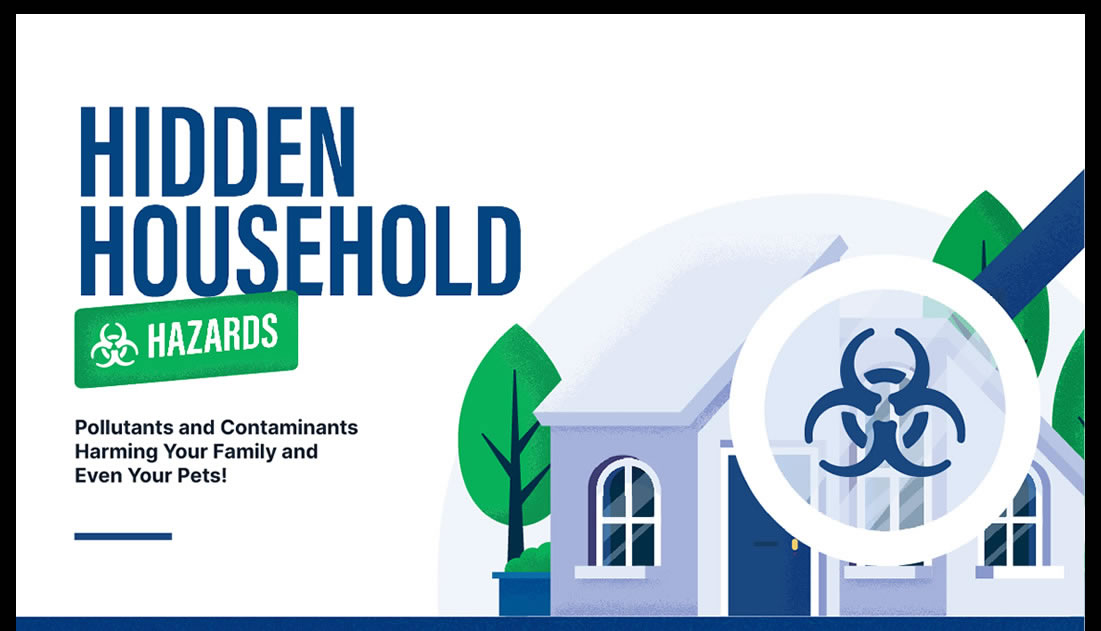Alright folks, let me tell you about this thing I was messing with today – real eye-opener, lemme tell ya. Called it “hidden dangers in peaceful life,” sounds kinda dramatic, but trust me, it fits.

So, started out all innocent, right? Just wanted to automate some basic home security stuff. I’m talking motion sensors, door sensors, maybe a camera or two. Figured it’d be a fun little project, keep me busy on the weekends. Picked up some off-the-shelf sensors from that big online retailer, you know the one. They were cheap, claimed to be secure, and had decent reviews. What could go wrong?
First thing I did was hook ’em up to my home network. Piece of cake, right? Downloaded the app, scanned the QR codes, boom, sensors online. Started messing with the configurations, setting up alerts for when a door opened or motion was detected. Everything seemed smooth sailing. Thought I was some kinda tech genius, solving all the world’s problems.
Then I started poking around a little more. Just out of curiosity, I figured I’d check the network traffic coming from these sensors. Used Wireshark, my trusty old friend, and holy moly. The amount of data these things were sending out was insane. And not just to the manufacturer’s servers either. There were connections to all sorts of random IP addresses, some I couldn’t even identify.
That’s when the alarm bells started ringing. I started digging deeper. Decrypted some of the traffic (thankfully they weren’t using super strong encryption), and what I found made my hair stand on end. These sensors weren’t just sending data about when my doors were opening or when someone was walking past them. They were sending device identifiers, network information, even snippets of my local network traffic. Basically, they were phoning home with everything they could get their little electronic hands on.
I was pissed. Felt like I’d been completely duped. I thought I was buying security, but I was actually inviting a whole bunch of new vulnerabilities into my home. So, I started ripping those sensors out of the wall, one by one. Had to physically disconnect them; I didn’t even trust deleting them from the app. I’m paranoid like that, I guess.

Then, I decided to set up a separate VLAN just for IoT devices. Basically, a completely isolated network segment that my main computers and devices can’t access. Anything that wants to talk to the internet will have to go through a firewall and be heavily monitored. I also started looking into open-source alternatives for home automation, stuff I can control and audit myself. It’s more work, sure, but at least I know what’s going on under the hood.
- Disconnected all the dodgy sensors.
- Set up a separate VLAN for IoT.
- Configured firewall rules to limit outbound traffic.
- Started researching open-source alternatives.
This whole thing was a wake-up call. You think you’re living in a peaceful, secure little bubble, but the truth is, there are dangers lurking everywhere, especially in these cheap gadgets we bring into our homes. So, the moral of the story? Do your research, be skeptical, and never trust anything that claims to be “secure” without actually verifying it yourself. Stay safe out there, folks!














